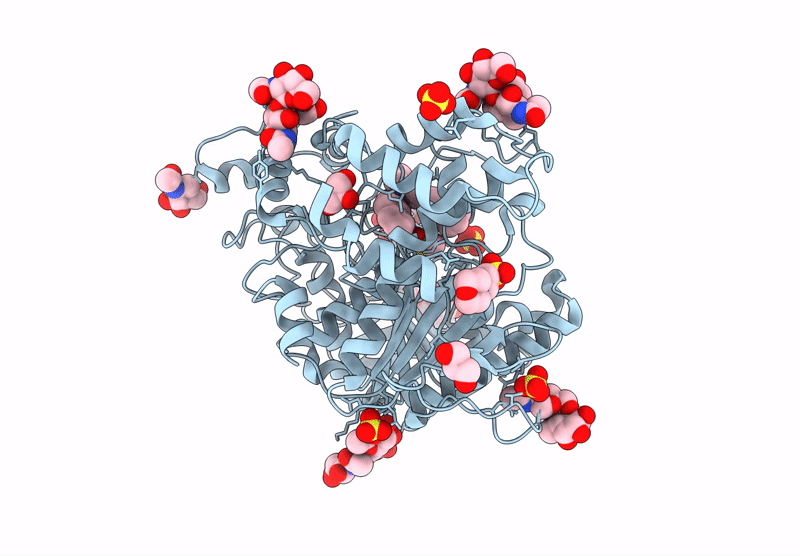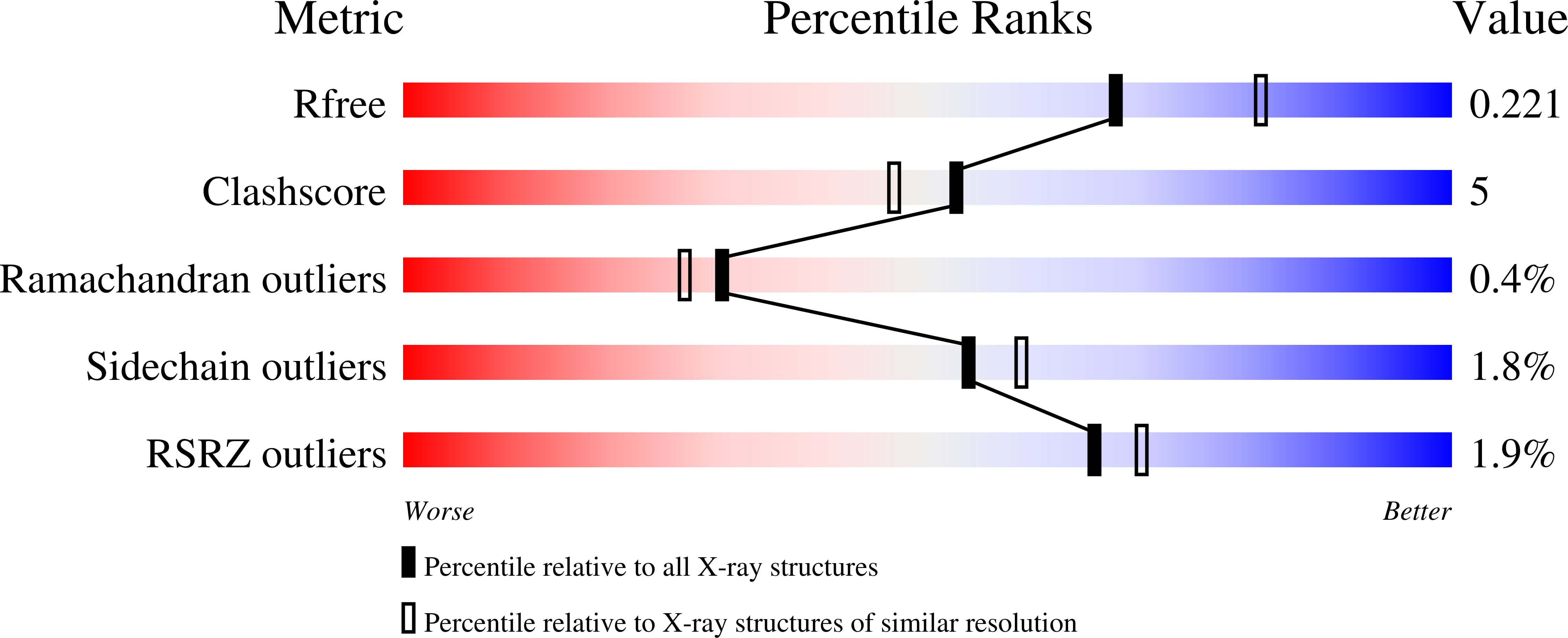
Deposition Date
2025-05-03
Release Date
2025-07-30
Last Version Date
2025-08-06
Entry Detail
PDB ID:
9R3B
Keywords:
Title:
Recombinant human Butyrylcholinesterase in complex with N-([(3R)-1-benzylpiperidin-3-yl]methyl)-N-(2-methoxyethyl)naphthalene-2-sulfonamide
Biological Source:
Source Organism:
Homo sapiens (Taxon ID: 9606)
Host Organism:
Method Details:
Experimental Method:
Resolution:
2.15 Å
R-Value Free:
0.22
R-Value Work:
0.18
R-Value Observed:
0.18
Space Group:
I 4 2 2


